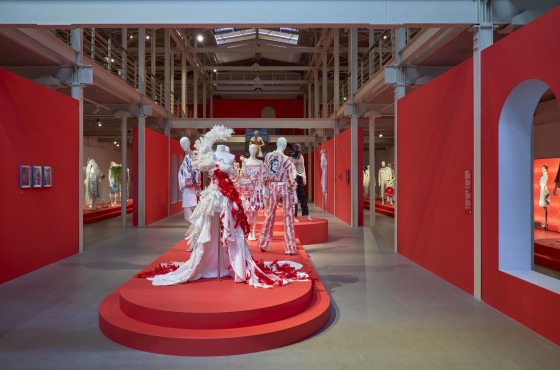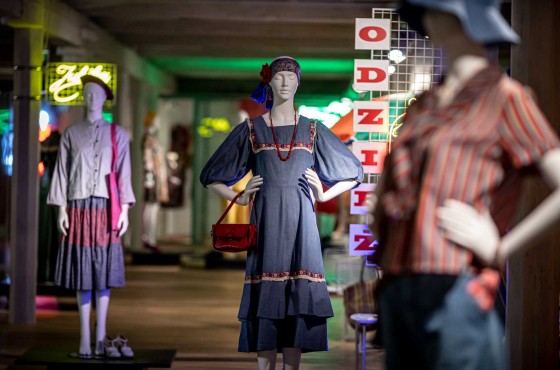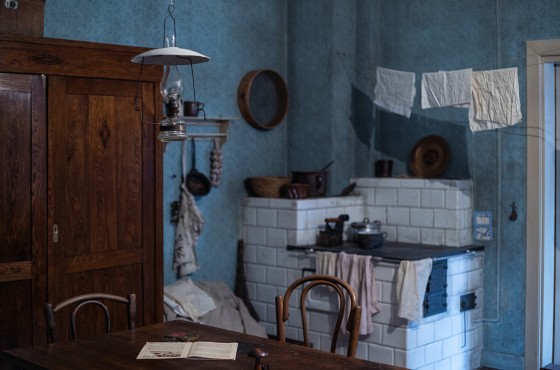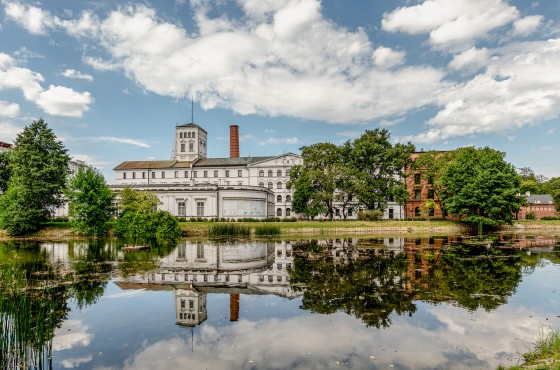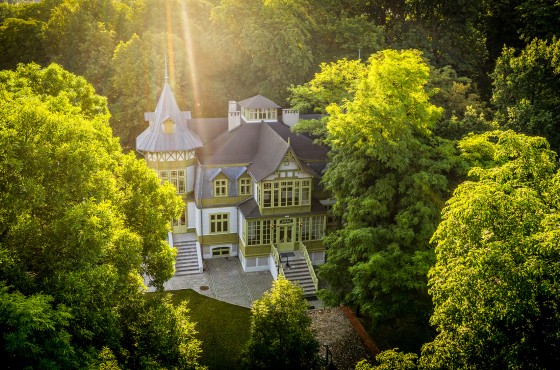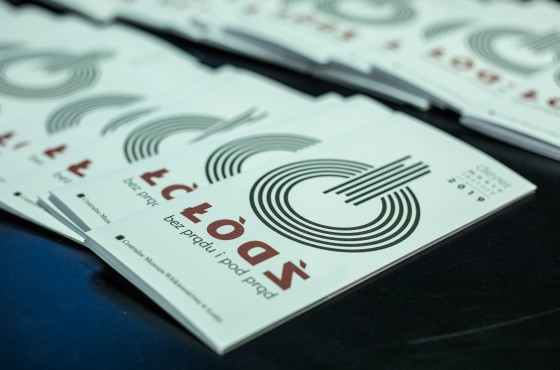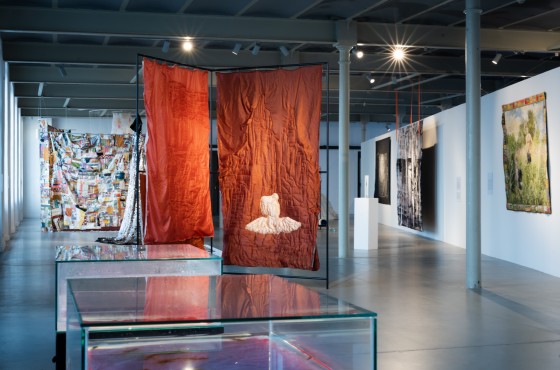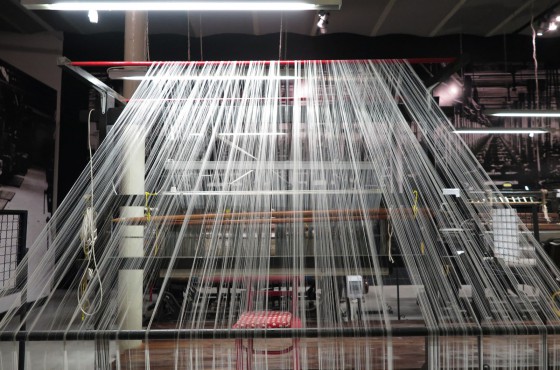About villa

How did the villa end up in the museum?
In 2008, the villa became part of the museum's new exhibit of wooden architecture. It was in complete disrepair at the time and its relocation to the museum provided an opportunity to save the structure. It was brought here from Ruda Pabianicka, where it stood at 18 Scaleniowa St. A former summer resort, Ruda found itself within the city limits of Łódź after World War II.
Who did the villa belong to?
If we were to enter the villa through the former main entrance at the back, i.e., from the park, we would see the initials F.K. on the door lattice. Apparently, the letters identify the first owners of the house, Fajwel and Frajda Kossowski. Until the outbreak of World War II, the building changed hands repeatedly, yet its owners were invariably Jewish families. After the Kossowskis, it was occupied by the families: Werner (1912–1920), Rozenberg (1920–1921), Ciuki (1921), Birenbaum and Szotland (1921–1922), and finally Światłowski (1922–1939). Later, it was taken over by the German Wilhelmina Freitag, in what was most likely a case of wartime theft of Jewish property.
Why is it called the Światłowski villa?
The villa belonged the longest to Szaja Światłowski and his wife Tauba. Some sources refer to the latter as Klara, yet documents make it clear her name was Tauba. Szaja was in the textile business, first as a fabric merchant and then as an owner of a woollen garments factory, located at 17 Żwirki St. Szaja’s brothers were involved in the textile industry, too. The Światłowskis owned the house at 47 Kilińskiego St., where in the 1930s they resided in apartment number 9. They had four sons.
When was the villa built?
Though the land and mortgage book has not survived, the villa is presumed to have been constructed in the years 1904–1905 on the basis of documents pertaining to the twin villa on the adjacent plot, which belonged to Berek Dobrzyński, brother of Frajda Kossowski and her husband’s business partner. The twin villa has not survived; having suffered substantial damage in a fire, it had to be torn down for safety reasons.
Can we call it a “summer villa”?
Originally, the villa may have been a holiday retreat. According to urban legend, Szaja Światłowski bought it because of his wife's consumption: Tauba was to restore her health at the summer resort. Whether it’s because the woman’s health improved or pragmatic considerations prevailed (perhaps the owners only needed one flat or room in the villa), by the 1930s several families, mostly workers and mostly Jewish, were domiciled there. One could hear words in Yiddish, Polish and German coming from the open windows of the house, where living under one roof were people like the tram driver Cybulski and policeman Saganowski. After the outbreak of World War II, the villa was taken over by a German woman; the Jewish residents were sent to the ghetto, and Polish families were re-housed there. At the time, the villa was divided into nine flats, with two additional ones located in a separate wooden outbuilding.
What did the interior look like?
Unfortunately, the archives contain no photographs showing the pre-war interiors of the villa from Ruda Pabianicka. Therefore, we can only imagine the furnishings on the basis of photographs from other towns, memories of the summer resort residents, and what we know about life between the world wars. Moreover, the décor of the villa would surely change along with its successive occupants. The recollections of one such person, Stanisław Kiełtyka, offer insight only into the layout and furnishings of the flats in the post-war period.
What was the post-war history of the villa?
After World War II, the villa was taken over by the state. At one time, its cellars having been converted into living quarters, the house was home to as many as 18 families. The residents were a close-knit community; they cultivated a garden and fruit trees, bred hens and kept rabbits. Former residents recall spending idyllic childhoods there. The history of the house also includes dogs: Misiek, who surreptitiously ate the ham bought for Easter, Cacek, who would walk the residents to the bus stop, and Aza, who surprised everyone with puppies born under the veranda, where she crawled through a hole in the floor. The last residents had to leave the villa in 2004–2005 due to the building's poor condition. The Museum is in contact with some of them and collects their touching recollections.
To learn more about the history of the building, scan the QR code for additional information.



